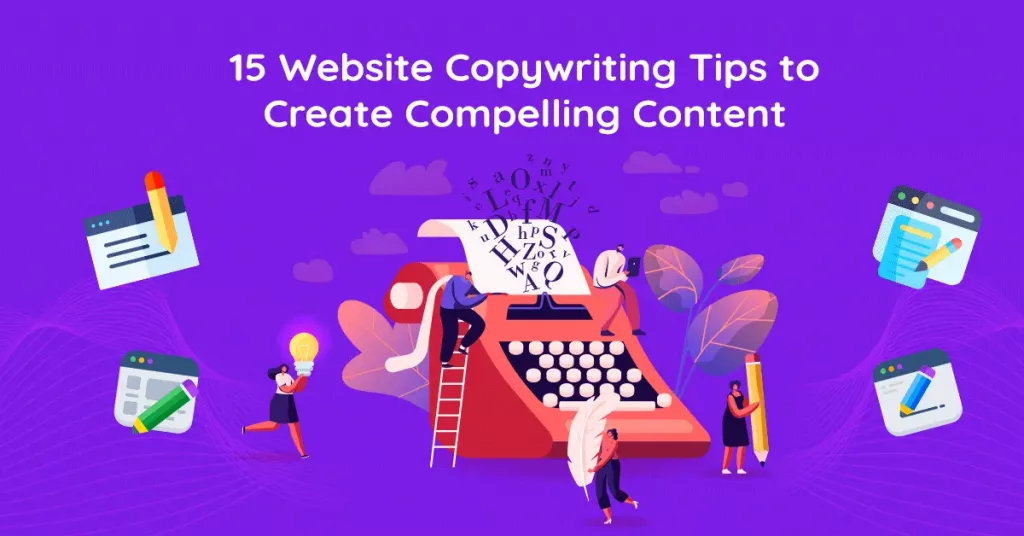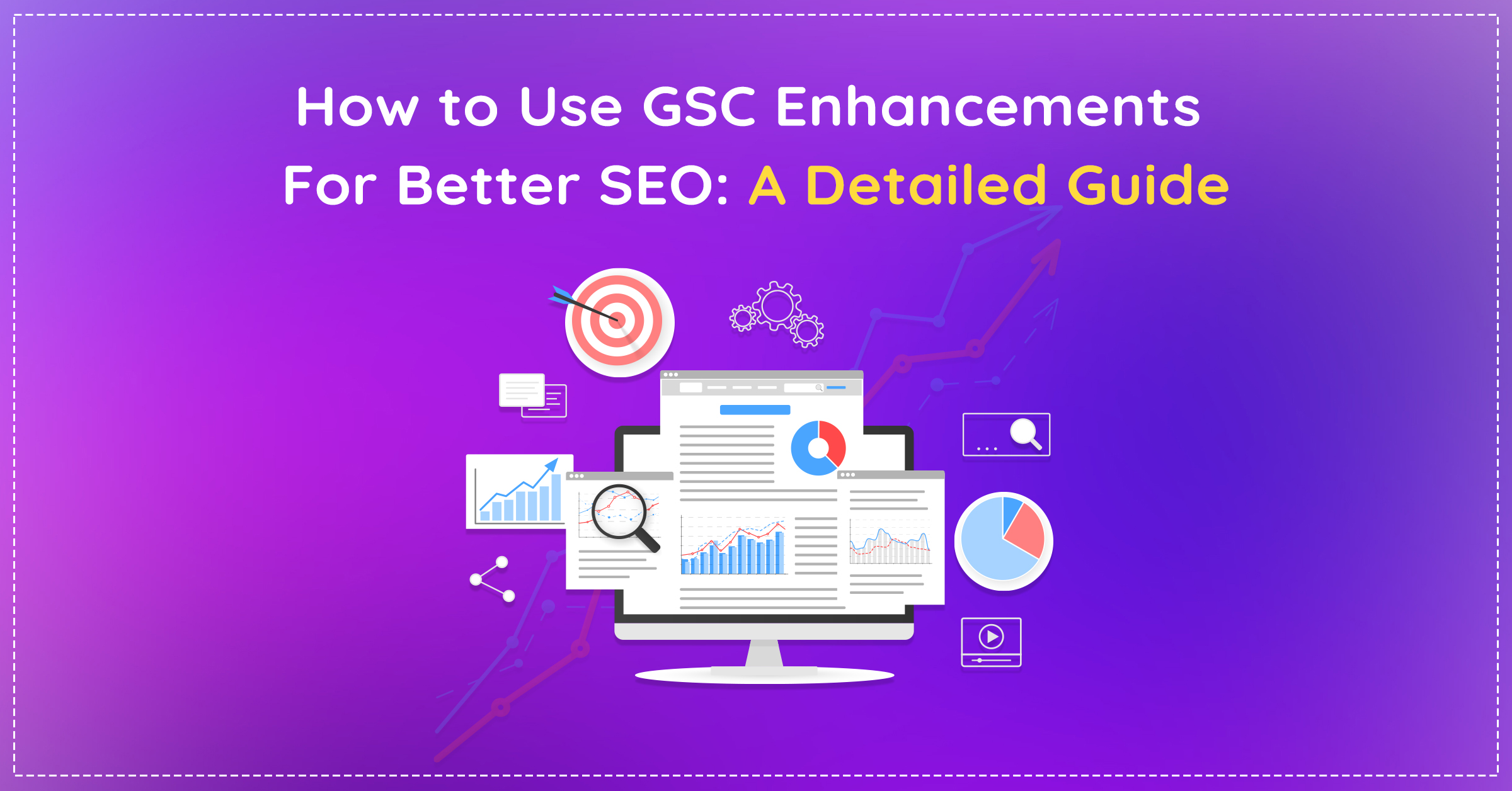If you look around carefully, you’ll notice that copy is everywhere. You open the newspaper in the morning, and there is “Utterly Butterly Delicious Amul” (just an example), on the way to work you see hoardings, pamphlets, brochures, and stickers, EVERYWHERE informing you, compelling you, to try a product or a service.
Thus, by now, you might have understood that anything written with the intent to bring sales is a copy!
Copies can be used in tons of different ways, from promotional emails to social media ads. However, this blog dives in-depth into website copywriting.
Web copies- landing pages, product pages, home pages, about pages, service pages, etc- are those which can turn a visitor into a lead and lead into customers.
There’s no doubt that writing copies is a hard nut to crack. Perhaps that is the reason why 73% of companies outsource their content strategy.
If you’re a copywriter looking for ways to improve your copies or a business willing to save up some cost, this blog is for you! Read on to know 15 practical web copywriting tips to create copies that sell like hotcakes!
But, before that, let’s look at why web copywriting is so important.
Benefits of Website Copywriting

In the digital world, your website is your virtual store. Just like customer service in a physical store can make or break deals, the way you interact with your users on the website can have a huge impact on your business. How? Let’s see!
Good website copies have the following benefits:
- Boost Brand Awareness: If you want to stand out in your industry, having a good web copy is essential. Good copies catch the eyeballs of visitors, educate them about your business, imprint a brand image in their minds, and can even improve your SERP ranking!
- Drive More Conversions: With good copies, you can interact with your customers and influence them to take a specific action (be it signing up for your newsletter or making a purchase). Thus, all you need is a copy that speaks for itself and works wonders. (How to create such copies? More on this later!)
- Boosts Traffic: Web copies in the form of blogs, long-form articles, and informative guides, can drive traffic to your website. It’s a known fact that quality traffic can have a plethora of benefits. For instance, it will allow your business to build credibility, bottle visitors in the sales funnel, and generate revenue. But, here’s the trick. For you to gain something, you have to give up something else. Thus, businesses need to become a bit selfless when it comes to creating content. Instead of just writing promotional content, writing content that actually solves the user’s query (without beating around the bush) is important.
- Improves Ranking: Web copies can also contribute to improving your rankings on a SERP! How? As you will use the relevant keywords and phrases in your copies, it will aid your SEO strategy and allow you to be on top of the results page.
Those were a few benefits of writing compelling web copies. Now that you have understood its importance, let’s check some essential copywriting tips!
15 Website Copywriting Tips that Attract, Retain, and Sell
What is the Product?

Understanding the product and brand ambitions should be the starting point of your journey. Unless you know what you are writing for, you cannot do justice to your job.
You can do this by researching the industry, the product, and its potential substitutes (how are they selling their products?). To get a better idea, you can even consult the product manager and understand the pros and cons of your product.
For instance, what is its prominent feature if the product is lipstick? Is it long-lasting, highly pigmented, or with SPF? Understanding the key feature that the brands need to highlight in their campaign is essential in creating copies that sell!
What is Your Goal?

A good copywriter understands the objectives of the brands. Why? Because one copy at a time can only prompt a specific action. Aligning this action (of the customers) with the brand’s goals is what will leave all the parties satisfied. For instance, if your goal is to get signups for your newsletters, your CTA shouldn’t be “buy now” (getting the point?).
Once you understand the objective for the copy, the next question should be, how do I make it different and better from the competitors? For instance, not everyone in your industry might be showing poor reviews on their product pages. But, this can be misleading too. Forging a balance between good and moderate reviews will allow you to come out as more authentic in the eyes of the readers.
What Does Your Audience Look Like?

This is a very obvious question. Unless you have a buyer persona in your mind, how would you persuade him/her to buy your product? After all, not everything is for everyone.
For this, you need to take the help of data and group people based on some common characteristics. These characteristics can be income, job title, age, location, marital status, etc. Once you identify the common characteristics, you can create buyer personas and write your copies accordingly! For instance, if you want to sell pens to college students, you can try using some acronyms in your copy that are common among Gen Zs.
What is Your Competitor Doing?

While planning your copy, it’s necessary to keep an eye on what your competitors are doing. You can simply hop onto their websites and analyze their copies, and how they present their product. What is their tone? What are their CTAs? And where do they use them? In no way, it means imitating your competitors. After all, if your copy does not differentiate, it would never sell.
On the other hand, having an idea of what your competitors are doing will allow you to stay a step ahead of them! For instance, if they’re using written testimonials on their product page, can you try video testimonials?
Write Compelling Titles

The internet is a vast ocean filled with information and it’s very easy to lose track, isn’t it? Because of this abundance of information, the attention span of users is decreasing. In such a scenario, retaining your readers online becomes a task. Although quality content is what can help you in audience retention, there’s something that comes even before that. Yes, you guessed it right, we’re talking about the titles!
The title is the first and last impression of any content. Don’t believe us? Look at this stat, 8 out of 10 people only read the headlines! Thus, a reader judges a copy by its title.
Here’s how you can write compelling titles:
- Be simple and specific
- Tell the reader what they’ll gain after reading this
- Include the relevant keyword
- Give it an emotional touch
For instance, when Zomato launched its Everyday feature striving to bring tasty, healthy, and affordable meals to your doorstep, its co-founder and CEO wrote a short blog on ‘Zomato Everyday, tastes like home’. The title instantly strikes a chord with people (maybe outstation students, and workers) who are missing their homes and homemade food.
The Art of Simplifying

Nobody likes people who speak like Sheldon Cooper in real life. Similarly, if your copy is filled with jargon, it would not create a positive impact.
That’s why having simple-to-read copies is a must! Even if you’re targeting professionals, having light-hearted language won’t do much harm. On the other hand, if you want to educate your audience about some industry-related terms or concepts, you can keep offering meanings and examples in the text to make it easier to understand.
Importance of Brevity in Web Copywriting
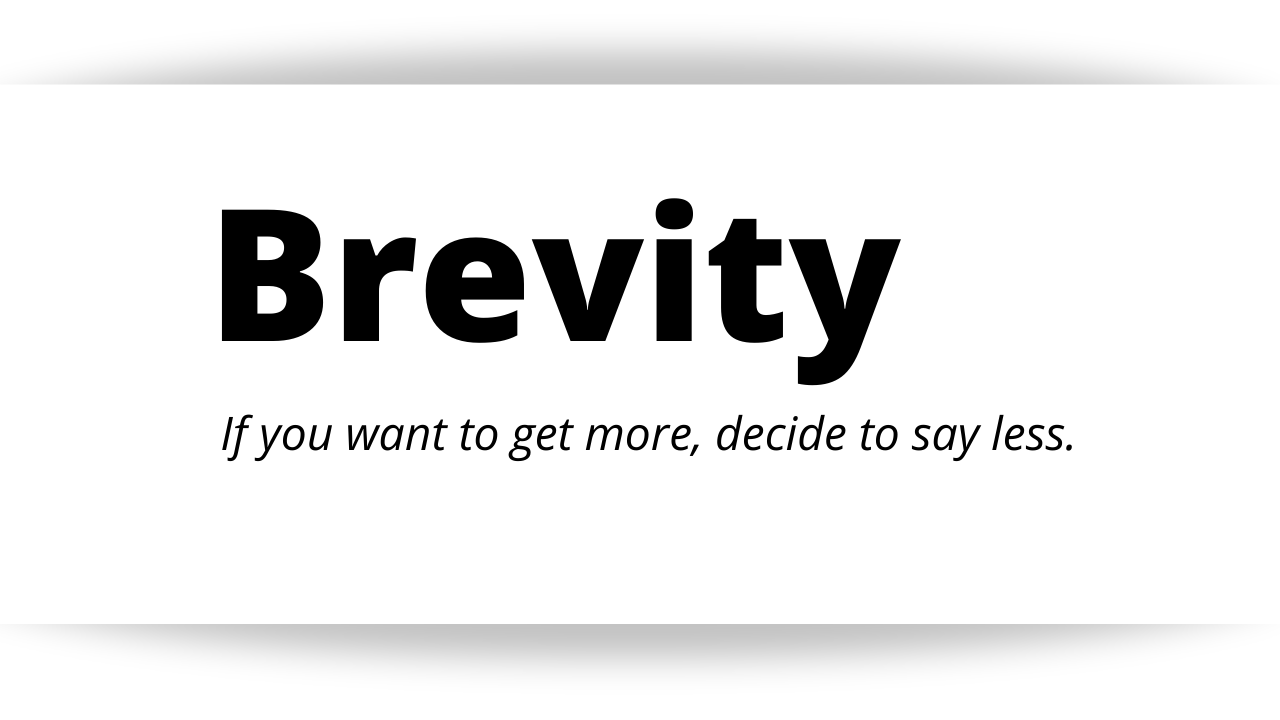
Copywriting is all about conveying a lot of things without writing much. That’s why a copywriter must have a knack for summarising topics. Also, you should review your copy (in certain intervals) and get rid of long sentences, phrases, and jargon that does not serve any purpose.
Remember, every word in your copy must serve a purpose. If it doesn’t, get rid of them.
A Friendly Copy Will Take You a Long Way

It’s important for copywriters to understand that their target audience is human too. Thus, when you write to them, consider them your friend or family member and write accordingly.
For instance, would you ask your friends/family members to pass you NaCl? No, right? Just like that, treat readers as your friends and write in a conversational tone (and use “salt”). Ask questions, sprinkle some humour, use some common slang (if it’s permissible), and keep it short and crisp. For a more powerful impact, address the reader directly with second-person pronouns like “you” and “your” in your copy.
All in all, a friendly copy can help you build a connection and trust with your readers, and influence them to take action without sounding sale-sy.
Focus on Customer’s Benefits

Hear us out. Copies are more than just listing out the pros of your products to make a sale. A good copy is one that informs the reader what they’ll gain if they do an action (say make a purchase).
For instance, instead of writing “ABC pen writes smoothly”, you can write “Sick of ink spots on your exam sheet? Try the buttery smooth (ABC pen)”. The first one being generic only lists the quality of the pen, while the second one attempts to solve the user’s problem.
So next time you write a copy, think about how this product can make a change in the reader’s life and head on.
Presentation Matters
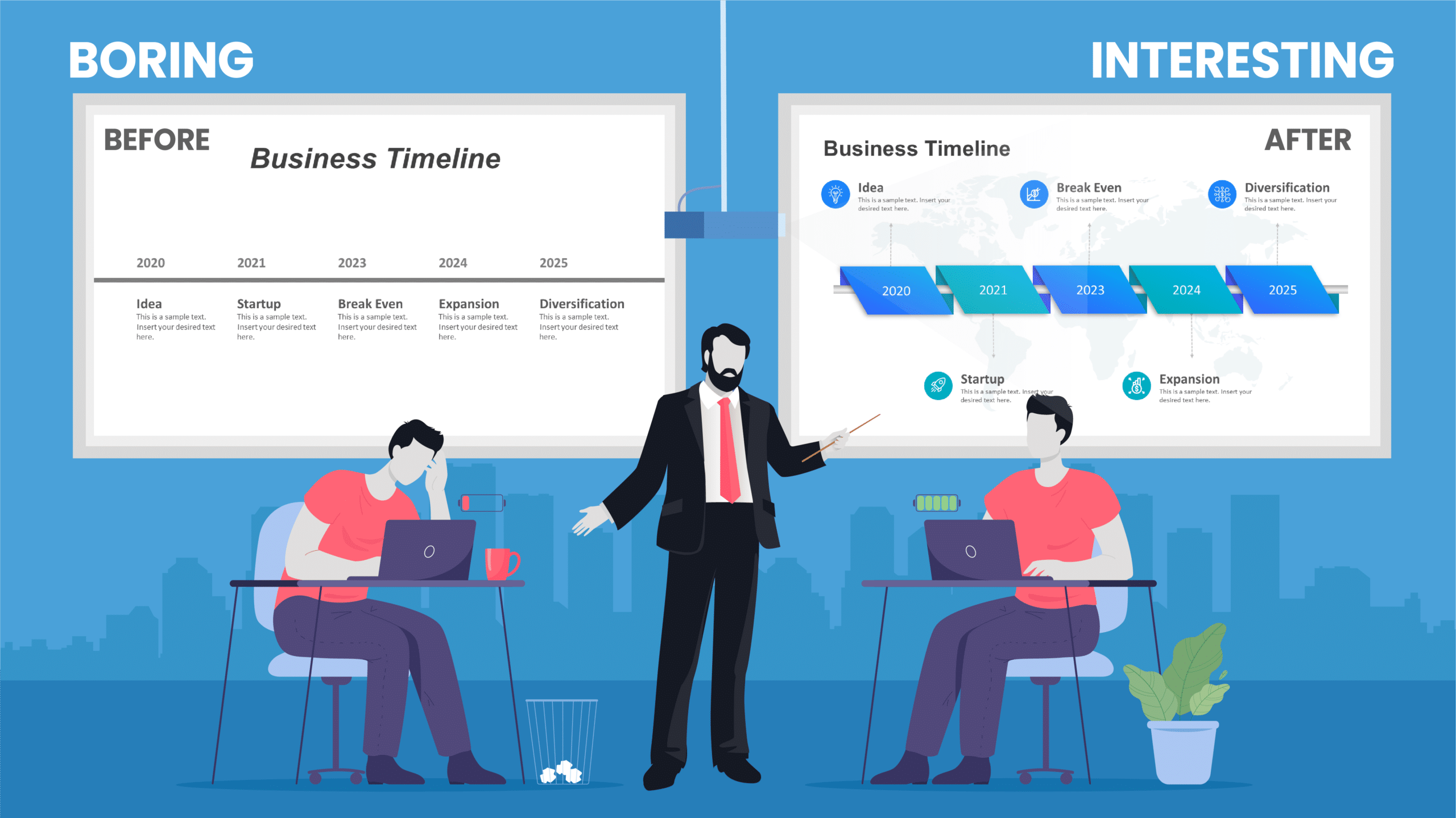
The way you present your copies can make a difference. For instance, no one likes to read bulky texts without any space, graphics, or visual art. Thus, your copy must be a treat for the eyes. How do you do this?
- Start by creating an outline, list the headings and subheadings that you’ll shed light upon, and rearrange them as you go on to ensure a proper flow.
- Use bullet points to convey the key information in bite-sized pieces. You can write the services, features, benefits, pros, and cons of a product in bullet points in your copy.
- Have adequate blank spaces between texts. When you write a copy, make sure you have spaces between two paragraphs and sections, to make them stand out and readable. Also, try to ensure that your paragraphs are no more than 5 lines.
How to Write SEO-Optimised Copies?
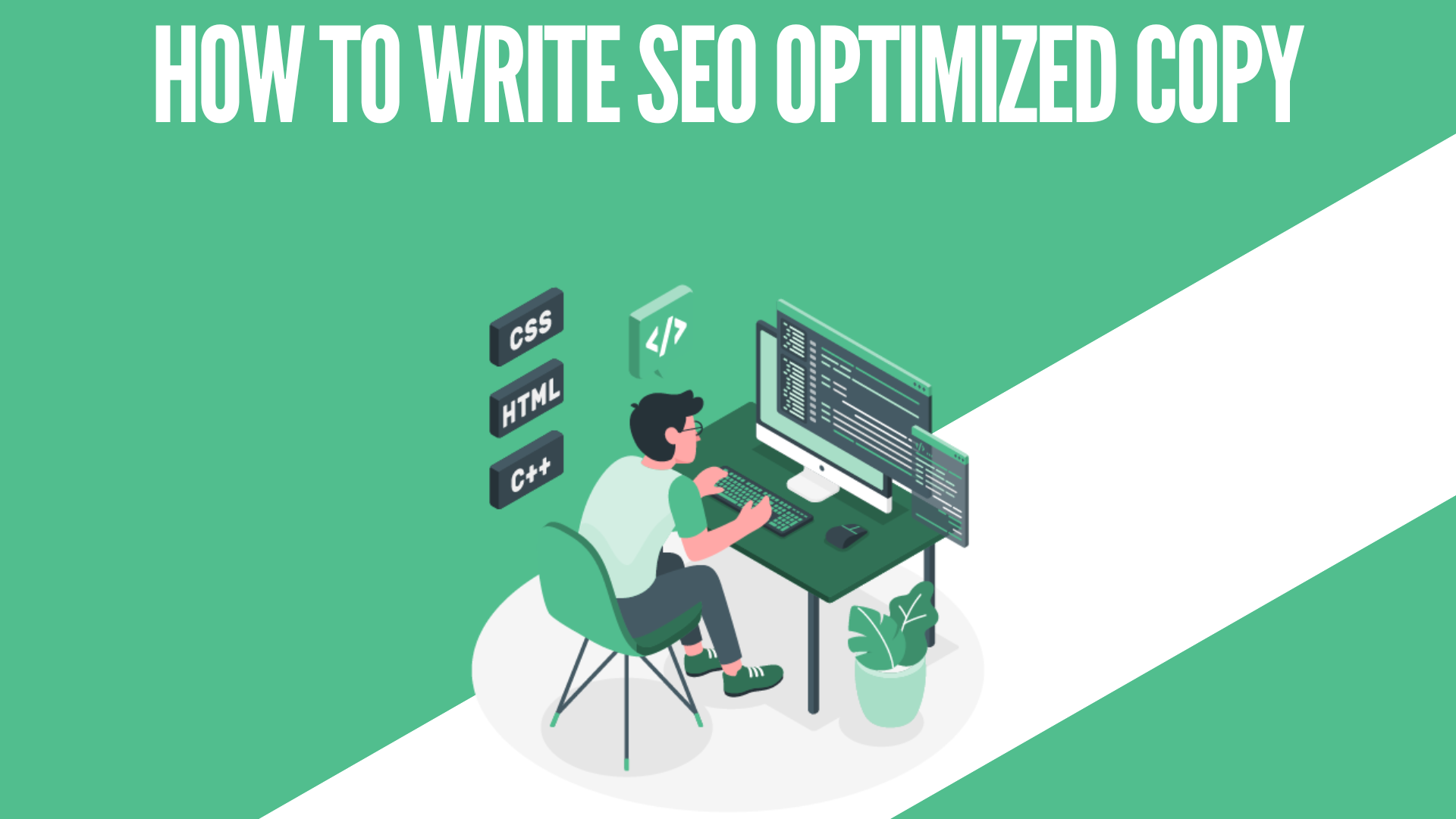
Gone are the days when you could pop up on the first page of search engines simply by using certain keywords. With the abundance of content on the internet, search engines are becoming smarter than ever.
Today, there’s an entire industry with SEO professionals specializing in getting your website organically ranked on SERP. But, let’s see some crucial guidelines that can help in making your copies SEO-optimised!
- Keyword Research: This is perhaps the most obvious yet most relevant step for writing SEO-optimized copies. You need to know what your target audience is searching for and integrate those keywords into your text. (Remember, keyword stuffing won’t get you anywhere. Instead, use your creative abilities and integrate keywords naturally in your copy.) How do you do this? There are a plethora of Keyword Research Tools in the market. Further, you can learn the on-page SEO techniques to level up your game!
- Competition Analysis: We have stressed earlier too that you need to know what your competition is doing. What keywords are they using to target your potential customers? Are they a hit among the audience? This information can make your copies even better.
- Title Tags and Meta Description: A good title and meta description can make or break the deal. It’s what will determine whether a reader comes to you or goes to your competitors’ websites. So, pay extra attention while writing the title and meta description.
- Internal Linking and Social Sharing: Internal linking is one of the best ways to retain your readers and make them spend a little more time on your website. Thus, try to naturally integrate relevant pages of your web in your copies. Further, to increase traffic, include social sharing tabs on your pages.
Don’t Underestimate Customer Reviews

Humans are social beings; they tend to trust people’s recommendations even if it’s a stranger on the internet. That’s why businesses have dedicated testimonials/ reviews pages or sections.
If you want your copy to stand out, integrate customer reviews into it. You can integrate video testimonials, written reviews, rankings, etc. on your product pages and review articles. Moreover, to make a greater impact, regularly update your reviews to keep them recent and relevant. Apart from this, use a combination of good and bad reviews to come out as transparent among your customers.
Clear CTA is the Way Forward!

A copy without a CTA is like a pen without a refilll, food without salt. You get the point, right? The CTA in your copy needs to be clear and compelling. For this, you need to establish the goal that you want to achieve with your copy. For instance, look at these:
Sugar Cosmetics: Get the latest beauty tips straight to your inbox. Can’t wait to connect! (Enter Email and click on subscribe)
Lakme India: FOLLOW LATEST UPDATES AND NEW LAUNCHES
Sign up for Lakme emails. (Enter Email and click on subscribe)
Which one of these two sounds more persuasive? Obviously the first, right? Why? Because it’s specific and tells the readers that their subscription matters (can’t wait to connect).
To give you a fair idea, let’s look at some good examples of CTAs:
- Sign me up! Or I’m in!
- Subscribe to Our Newsletter
- Grab the Opportunity Now!
- Join the Community of 1000+ Fitness Enthusiasts like You!
Proofread Your Copies

Did you write your first draft?
Before you come for us, it was just an example! We’re aware of tenses rules.
Let’s admit no matter how good of a wordsmith or a grammar nazi you are, we all make mistakes. That’s why proofreading your copies is so crucial. It will allow you to check for spelling, grammar, or punctuation errors, eliminate excessive words, and rephrase sentences for better readability. So, be wise and proofread your copies!
Measure Your Efforts

Let’s break the news for you (if you already didn’t know), your job doesn’t end as soon as you hit the publish button! You need to analyze which pages are doing well on your website, which keywords are generating more traffic, which type of content is getting an increased retention rate, and so on. For this, you’ll have to take the help of website analytics tools. Based on the engagement and conversion your content generates, you can optimize it accordingly. This is how you scale your content marketing efforts.
Bottom Line
To sum up, good web copies can attract users, retain them and turn them into paying customers. If you want to write compelling web copies, try out a few tips from above and see what works best for you!
Optimizing your content and writing it from a user-first approach forms the core of SEO. The next is optimizing your website speed and ensuring that your website is tech-savvy. You can get in touch with our team if you’re looking for SEO services or website development services!



